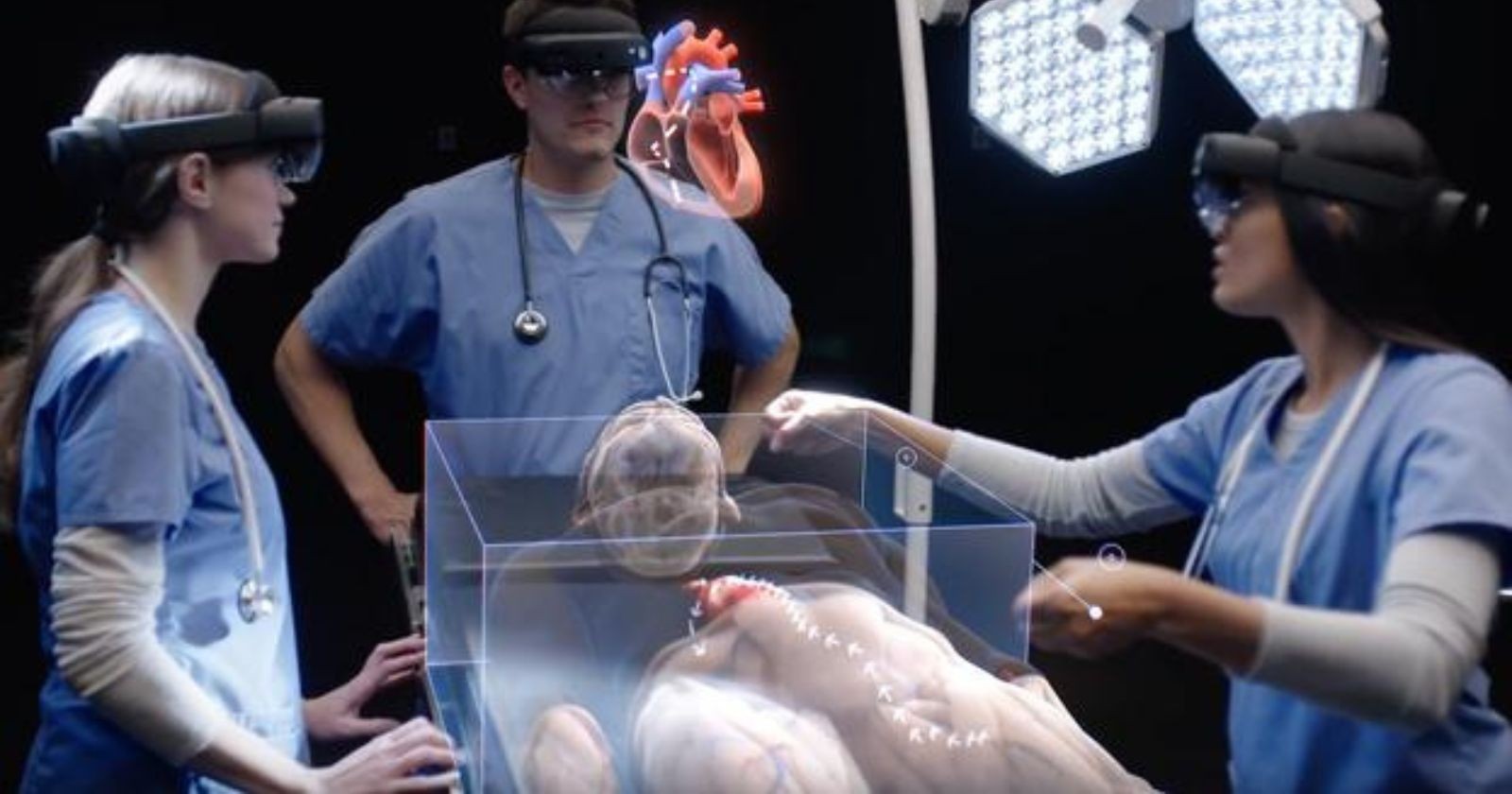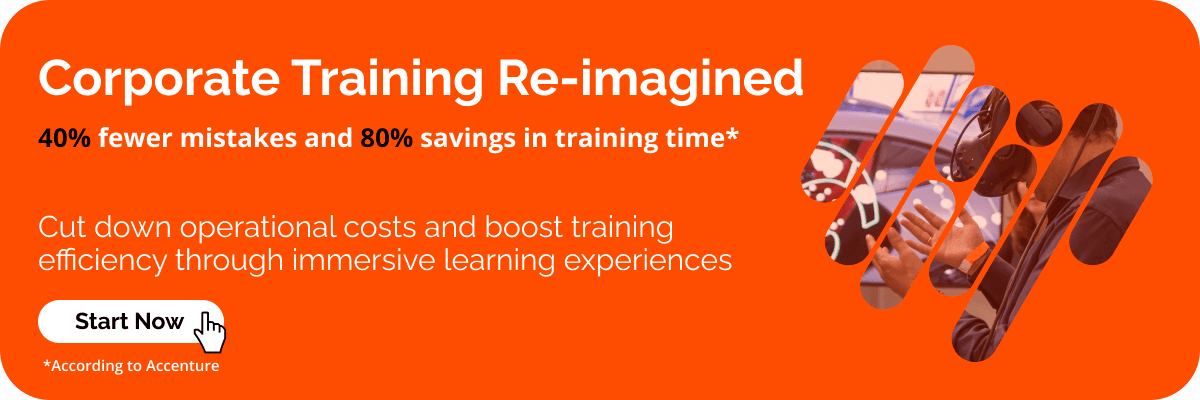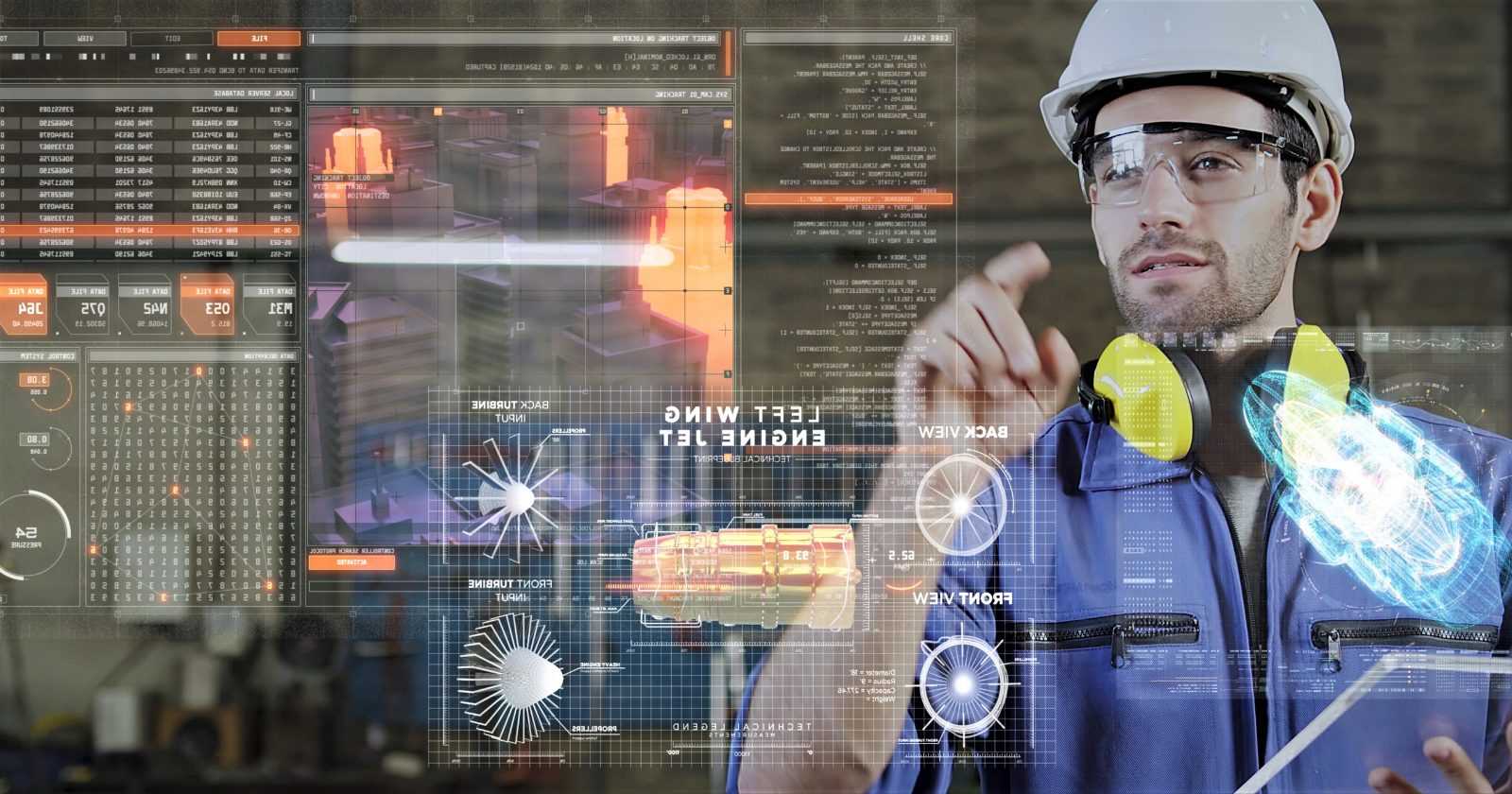The most evident virtual reality training advantage is when things go wrong you simply have to hit the reset switch. Another one but no less valuable is that virtual reality training allows practicing a real-life working process at any time and place. More to that, it checks a user’s knowledge consistently by creating immersive operating environments and interactive instructional scenarios with tests in the end. So they simply dip into physical-world simulations and diversified screenplays that expand their professional knowledge.
Another practical benefit while providing such virtual training for staff is its engagement. Just make sure to prepare your people for VR training and you would be amazed by results!
Read more: 10 Common Misconceptions about VR Training
Our counterarguments to the most common myths about virtual training
Have you ever considered using VR simulations to enhance your employees’ productivity?
In this article, we’ll highlight 5 industries that can benefit from virtual training software, so you could determine whether it’s a good fit for your corporate educational strategy.
#1. Manufacturing
Manufacturing is one of the first industries where one wrong move can have frightful consequences. A production line can be a complicated, unsafe, and stressful place to work. For instance, an employee who is not yet familiar with machine control might accidentally injure himself or a co-worker while performing his job duties. With simulations, workers can learn to safely maintain equipment before actually putting their hands on the real tool.
Apart from that, individuals can virtually train on many verges of their work. Let’s consider the maintenance of specialized equipment. You don’t need to prepare exclusive training experience for every workplace, because equipment manufacturers can customize training simulations that can be used by facilities around the globe and not fray or damage herewith the actual equipment.
#2. Healthcare
Instead of relying on theoretical knowledge, these staffs receive visual training which contributes toward better remembering and carrying out complicated multitasks – from providing visual guidance on safely using a scalpel to performing the whole surgery without risk on the actual patient, everything can be recreated visually.
Doctors and nurses usually learn how to treat patients through classroom instruction and clinical rotations. Although these methods were partially effective in the past, emerging virtual reality technologies are taking a new level of how to train medical staff. A three-dimensional approach is among the latest ones. It allows us to see human anatomy from all angles.
Now the staff doesn’t need to rely on theoretical knowledge. Visual training helps to better remember and carry out the complicated multitasks – from providing visual guidance on how to use a scalpel safely to performing the whole surgery without risk for the patient. Everything can be recreated visually with virtual training in healthcare.
#3. Real Estate
You could train your co-workers at any time and at any place.
How real estate agents can benefit from this eye-popping technology now?
Besides client tours on new estates, nowadays new hires have the option to train their consultation and negotiation skills in order to successfully close the deal.
There are some pleasant bonuses for those who participate in the building’s construction process – mostly for engineers. With new VR instruments, modifying layouts long before a structural process even started won’t be a difficult and costly task anymore. Virtual training in real estate gives major benefits for decreasing the sales cycle and improving business results.
#4. Mining and Construction

Mining simulators are designed to ensure effective training of mining vehicle operators in complex, while monitoring and training for equipment damage and potentially life-threatening emergency scenarios.
Training operators on advanced simulators can perfect their skills with surface and underground mining equipment, help to reduce accidents, and minimize training costs. Virtual machines bear the brunt of the training needs and reduce the number of hours that should be put into training on real machines.
Read more: All About VR in Virtual Design and Construction
Explore how VR development can improve you VDC platform
#5. Transportation

The transportation sector has been one of the first adaptors of simulator-based training. Pilots complete a part of their training virtually as there are too many lives at risk. They can’t afford to learn through mistakes. Many freight-forwarding companies see the increasing point at training their truck drivers via simulations racking up more safe-driving miles.
For example, now seamen have a chance to pass mooring operation, practical examination of life-saving appliances, and firefighting equipment virtually. The possibilities of the training process in VR go way beyond the mentioned ones.
Read more: How Virtual and Augmented Reality Help Agriculture
Learn the core spectrum of AR & VR possibilities for agriculture industry
So, what are the final advantages of choosing VR training as part of your corporate educational strategy?
The benefits of VR training for business are:
- a better-skilled workforce
- reduction in errors while performing daily operations
- the ability to learn safety procedures in a comfortable, controlled environment.
Conclusion
You will probably agree that the training completion using the old traditional approach does not guarantee to enhance the learner’s skills. It is especially relevant for industries where a major focus is put on procedures and processes. A single mistake of an employee may become very expensive for the business.
Therefore a thought-through approach while implementing virtual reality training into your staff education can bring major benefits for your business in general.







